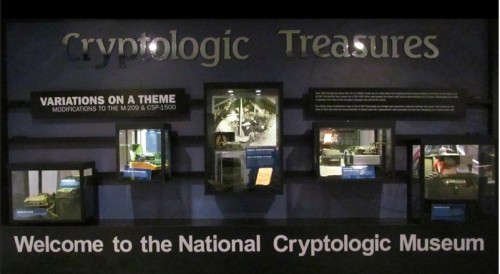Are your passwords strong enough to resist a brute force attack?
Passwords are just about dead. Many systems now offer “two factor identification.” You give them your cell phone number and you have to use both a password and a code number sent to the phone for your log in. But passwords continue. They are easy for administrators. They are part of the common culture.
Steve Gibson has the engineer’s “knack.” (See the Dilbert video here.) His company, Gibson Research Corporation (here), sells a wide range of computer security products and services. He also offers many for free. Among the freebies is Haystack: How Big is Your Haystack – and how well is your needle hidden? (here) This utility provides a metric for measuring password security.
It is pretty easy to do yourself, if you like arithmetic. 26 upper case letters, 26 lower case, 10 digits, 33 characters (with the space) for 95 printable ASCII characters in the common set. So, if you have an 8-character password that is 95 to the 8th power possible combinations: 6.634 times 10 to the 15th power or over 6-and-a-half quadrillion. If you could try a million guesses a second, it would take 6.5 billion seconds or just over 200 years. (60 seconds/minute * 60 minutes/hour * 24 hours/day * 365.25 days / year* 200 years =6.3 billion .)
Gibson Research makes all of that automatic. Just key in your password, and it tells you how long it would take to crack.
Cracking passwords is a “routine activity” for a hacker. They have tools. At one meet-up for hackers, the speaker told us, “If you have to use brute force, you are not thinking.” They do not type in a million guesses per second, of course. They have programs to do that. Also, most websites just do not allow that kind of traffic: you cannot do a million guesses per second. What the hackers do is break in to a site, such as Target, Home Depot, LinkedIn, or eHarmony, download all of the log files, and then, on their own time, let their software attack the data offline.
Also, hackers do not use the same computers that you and I do. They start with gaming machines because the processors in those are built for high-speed calculation. They then gang those multiple processors to create massively parallel computers. The calculators from GRC show the likely outcome for brute force by both a “regular” computer and a “massive cracking array.”
If someone got hired today at a typical midrange American corporation, their password might just be January2016. If, like most of us, they think that are really clever, it ends with an exclamation point: January2016! Hackers have databases of these. They start with standard dictionaries, and add to them all of the known passwords that they discover.
One common recommendation is to take the first letters of a phrase known only to you and personal only to you. My mother had naturally red hair for most of her life. She was born in 1929 and passed in 2012. So, “My mother’s red hair came from a bottle” becomes mmrhcfab19292012. According to Gibson Research, brute force guessing with a massive cracking array would take over 26 centuries.
Gioachino Rossini premiered his opera, William Tell, in 1829. “William & Tell = 1829” would take a massive parallel cracking machine about 1 million trillion centuries to guess. On the other hand, a “false phrase” such as Five + One = 27 could not be done in under 1.5 million centuries.

Texas State Guard Maritime Regiment non-commissioned officers at leadership training. Only the one on your far right is a real Marine.
Remember, however, that a dictionary attack will crack any common phrase. With over 1.7 million veterans of the United States Marine Corp, someone—probably several hundred someones—has “Semper Fi” for a password. Don’t let that be you. A brute force attack would need only 39 minutes, but that is not necessary: a cracker’s dictionary should have “Semper Fi” in it already.
(Above, I said that cracking passwords is a “routine activity” for a hacker. “Routine activities” is the name of theory of crime. Attributed to sociologists Marcus Felson and Lawrence E. Cohen, routine activities theory says that crime is what criminals do, independent of such “social causes” as poverty. (See Routine Activity Theory on Wikipedia here.) That certainly applies to password crackers. Like other white collar criminals, they are socially-advantaged sociopaths. They are planfully competent, calculating their efforts against a selfish return.)







